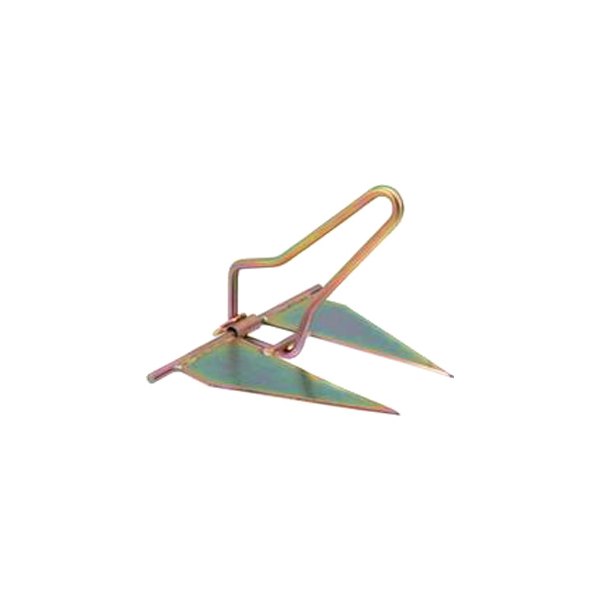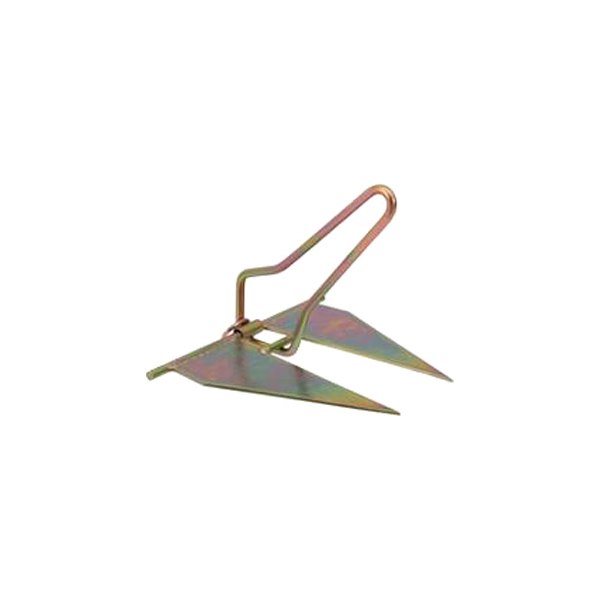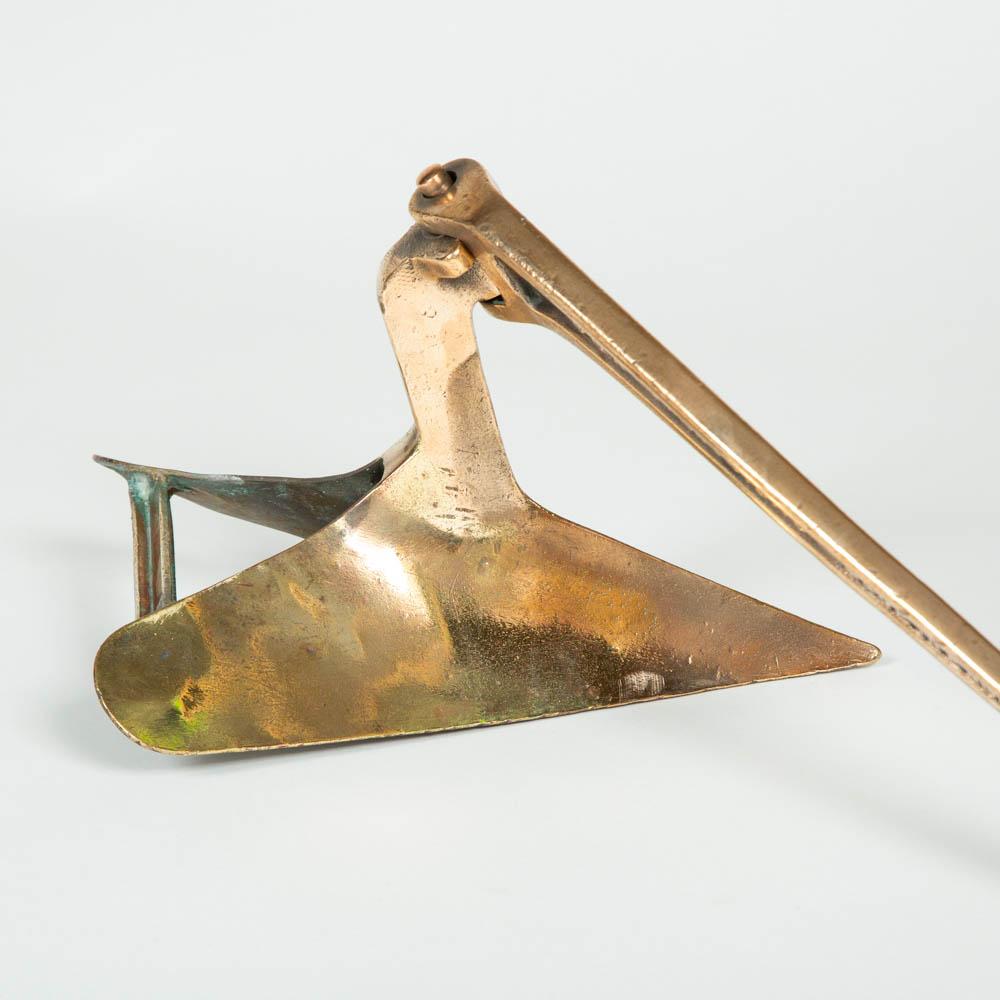

At least 8 other markers are within walking distance of this marker.Being able to quickly anchor your boat in any situation is one of the most important things for a boater (especially if you’re trying to catch fish and want to make sure you stay on your fishing honey hole). Marker is at or near this postal address: Sawyer Park, S Neenah Ave, Sturgeon Bay WI 54235, United States of America. Marker can be reached from South Neenah Avenue.

Marker is in Sturgeon Bay, Wisconsin, in Door County. This historical marker is listed in this topic list: Waterways & Vessels. In addition to the Roen Salvage Company, the Door County Maritime Museum helped to create this exhibit. Located adjacent to Sawyer Park to the southeast, Roen Salvage specializes in marine construction and dredging. This particular anchor was donated by the Roen Salvage Company. Thousands of Baldt anchors are still in service. Baldt is a famous name in the realm of anchor design and manufacturing and from 1901 until 1975 was one of the world's largest producers of marine anchors. Manufactured in Chester, Pennsylvania by the Baldt Corporation in 1955 for the U.S. The casting marks also indicate that it was The additional steel added to the flukes has made it even heavier. You'll note that the flukes (the large flat teeth) of this particular anchor have been widened to increase its holding power once set into the seabed.Īs indicated by the casting marks on the shank, this anchor originally weighed 5,000 lbs. Its lightweight and compact flat design make it easy to retrieve and relatively easy to store.

The design is a burying variety, and once well set can develop high resistance. Tripping palms at the crown act to tip the flukes into the seabed. The stock is hinged so the flukes can orient toward the bottom.

It uses a stock at the crown to which two large flat triangular flukes are attached. American Richard Danforth invented the Danforth pattern in the 1940s for use aboard landing craft. The anchor on exhibit here is a fluke-style or "Danforth" anchor. Mechanical devices with "teeth" that could dig into the bottom of the sea and be easily retrieved by the ship's crew for reuse were soon standard equipment aboard all vessels. However, the need for a lighter, more efficient securing device quickly became essential. The first anchors were simply large stones. In addition to the Roen Salvage Company, the Door County Maritime Museum helped to create this exhibit.įrom the earliest days of humans putting to sea in ships, there has been a need to "anchor" a vessel to the bottom. Thousands of Baldt anchors are still in service., This particular anchor was donated by the Roen Salvage Company. The casting marks also indicate that it was manufactured in Chester, Pennsylvania by the Baldt Corporation in 1955 for the U.S. You'll note that the flukes (the large flat teeth) of this particular anchor have been widened to increase its holding power once set into the seabed., As indicated by the casting marks on the shank, this anchor originally weighed 5,000 lbs. , The anchor on exhibit here is a fluke-style or "Danforth" anchor. From the earliest days of humans putting to sea in ships, there has been a need to "anchor" a vessel to the bottom.


 0 kommentar(er)
0 kommentar(er)
